Laowa 9mm f/5.6 FF RL Review
For as long as there have been interchangeable lens cameras, there have also been third party lenses, i.e., companies capitalizing on the success of a camera system by selling additional lenses. Mostly, the third party producers have been competing on price: Getting customers by producing and selling less costly lenses.
However, just competing on price is of course very unambitious: It leads to a race to the bottom, a place where nobody wants to be. So another way to attract customers, while also charge a premium price, is to produce exotic lenses. Laowa (Venus Optics) have been exploring this area for a while, for example with the unique 2x macro probe lens and various ultra wide angle lenses.
This strategy makes good sense, since these unique lenses can be sold at a premium price point. Interchangeable lens camera users now are generally more willing to pay a high price for lenses that give them new possibilities. The casual users looking for entry level products are largely gone: They are using smartphones. So only enthusiast users are left.
And how to better get the attention of customers than by making the widest rectilinear wide angle lens currently available, the Laowa 9mm f/5.6 FF RL? The name makes it clear that this is a fullframe (FF) lens, i.e., there is no crop factor on that 9mm, and that it is rectilinear (RL), not a fisheye lens. And this is key, because it wouldn't be nearly as impressive if it was designed for crop formats, or if it was a fisheye lens.
Some lenses come close to this in terms of wideness, e.g., the Canon 11-24mm f/4 zoom lens. But is the Laowa lens useful, beyond just being very wide? That is what I'll look into here.
Lens construction
The lens comes with a specialized lens cap, which slides onto the front of the lens. The lens cap is held in place with friction, coming from a fabric like material on the inside of the cap:
The lens also has a built-in hood, which is slightly petal shaped and has a nice flat segment so that you can safely place it upside down on a table. Otherwise, the lens has a traditional construction: All the outside materials are metal, the bayonet mount is metal, and it has the two usual functions: An aperture ring towards the front of the lens, and the focus ring. Both are quite well dampened and feel like they are high quality.
This lens is of course fully manual: There is no autofocus and you cannot control the aperture from the camera. Don't be put off by this: As the lens is very wide, it is also very easy to focus: Most of the time you can just set the focus distance just below infinity, and virtually everyting will be in focus. Only if you have something really close do you need to worry about the focus correctness. More about that later.
From the lens mount side, you can see that the rear lens element is quite small. Considering that the register distance is so small on a mirrorless camera, this places the rear lens element close to the sensor. Hence, it is a geometric consequence that the light rays hitting the corners of the sensor have to travel much further, meaning that vignetting is more likely.
Also, digital sensors generally don't handle light rays hitting at an angle, and the angle is going to be steep in the corners with this small rear lens element and short register distance. However, these are only theoretical discussions, and we will see the actual image effects later.
With the lens mounted to the Nikon Z 7 camera, it feels rather front heavy: The lens is unusually heavy. The weight comes from the large amounts of metal in the construction, but probably even more from glass. The lens diagram shows that there are some rather large lens elements, especially towards the front.
Wide images
Before we go into details about the image quality, let's have a look at what kind of pictures you can take with this lens. Since the ultra wide angle is the key feature of the lens, I compare it with an ordinary wide lens, 28mm. Both pictures are taken from the same location.
| 9mm | 28mm |
Another illustration to show how the image will look if you tilt the camera:
| Camera level | Camera tilted upwards |
Note that when tilting the camera, you get extremely converging vertical lines. This is completely normal, and not a problem with the lens. You always get converging vertical lines when tilting a camera, however, the effects are more pronounced the wider the lens is. And this lens is extremely wide.
Another thing to note, is that photos taken with such a wide angle lens tend to look boring. The key to making more interesting wide angle shots, is to place something in the foreground. It is good then, that this lens is very suited for closeups as well. The focus ring goes all the way down to 12 cm (0.4 feet). Keeping in mind that the focus distance is measured from the sensor, this corresponds to around 2 cm (1 in) from the front lens element:
And as wide angle lenses have a very deep depth of focus, you can get anything from well below 1 feet to infinity in focus at once, when stopping down to f/22.
Here is an example image taken at minimum focus distance. Stopping down lot also gives you the sunstar in the background, more about that later:
Optical performance
To examine the optical performance of the lens, I compare it with another wide lens. However, as there is no other equally wide rectilinear lens at all, I use a fisheye lens for comparison, the Samyang 8mm f/3.5, seen to the right below with the adapter needed to use it on a Nikon Z camera:
| Lens | Laowa 9mm f/5.6 | Samyang 8mm f/3.5 |
| Field of view | 135° | 180° |
| Lens elements/groups | 14/10 | 10/7 |
| Aperture blades | 5 | 6 |
| Dimensions | 62.4mm x 66mm | 75mm x 77mm |
| Weight | 350g | 443g |
Here is the same scene photographed with both lenses:
| Laowa 9mm | Samyang 8mm |
To better see the relative image quality, consider these 100% crops from various apertures set on the lenses:
In the centre, the image quality is certainly good already wide open. The Samyang lens, on the other hand, seems quite mushy wide open and needs to be stopped down a bit.
In this crop from the lower left corner, we can see that the sharpness is not the best. The image quality is somewhat improved when stopping down to f/8, but not a lot. So as we could expect from a lens like this, the corner sharpness is not flawless.
With such a wide lens, you are bound to get the sun or some highlight into the picture easily, so how the lens handles high contrast is important. To examine this, I photographed a night scene with a strong light source (click for larger images):
| Laowa 9mm | Samyang 8mm |
| f/3.5 | |
| f/5.6 | f/5.6 |
| f/8 | f/8 |
What this tells me, is that the Laowa 9mm lens is quite negative affected by strong backlights at f/5.6. Not only are there significant flare effects, but the contrast is also reduced a lot when the lens is wide open. You can see that the tree in the middle of the picture is more grey and dull at f/5.6.
However, the good news is that the contrast becomes a lot better by just stopping down to f/8. This is clearly seen in the pictures, as the f/8 image is much crisper. So the conclusion from this is that if you use the lens for a high contrast scene (strong highlights), then stop down the aperture at least one stop.
Another thing to note, is that you start seeing stars around the highlights as you stop down. Stopping all the way down to f/22 gives these nice stars with 10 vertices, since the aperture has five blades.
Conclusion
The Laowa 9mm f/5.6 FF RL is an impressive lens due to the extremely wide angle. However, it comes with some issues: There is quite a lot of vignetting in the corners, even when stopping down the aperture. The corner sharpness is not great, but improves when using smaller apertures. Wide open, the lens has issues with flare and loss of contrast in high contrast scenes.
I would recommend stopping down to f/8-f/11 for most use. Only use the lens wide open if you are in a truly low light situation, or if you want more focus separation, and don't mind the corner sharpness issues.
If you can live with these issues, the lens can be fun for some extremely wide angle shots. But taking interesting photos require some planning, and try to put something in the foreground to keep it engaging.
Mechanically, the lens seems to be nice: Traditional metal construction, and the rings are tight and well dampened. It feels like a high quality lens when using it.
Affiliate links
Example video
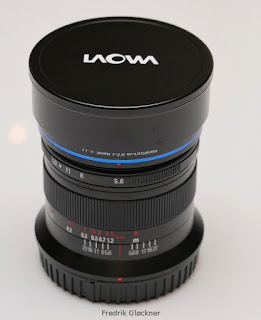










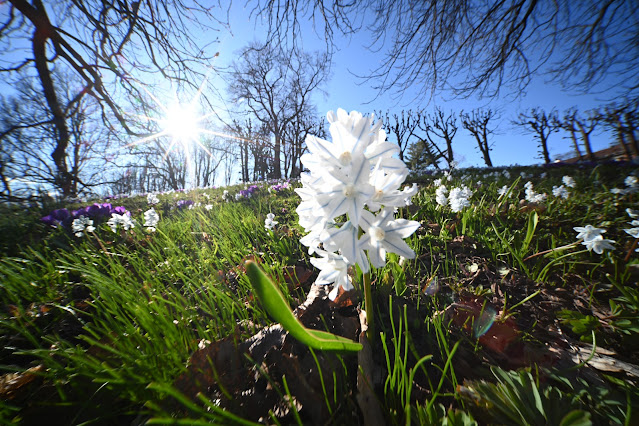









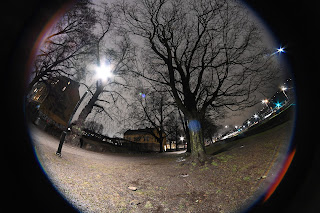


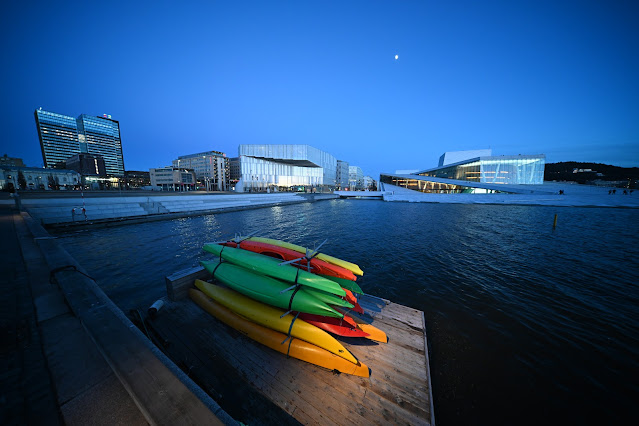


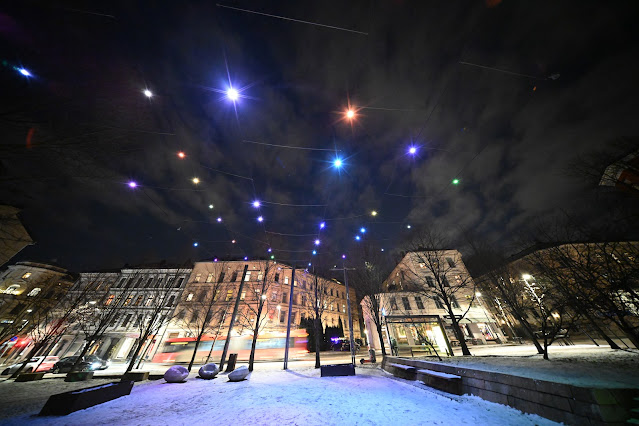








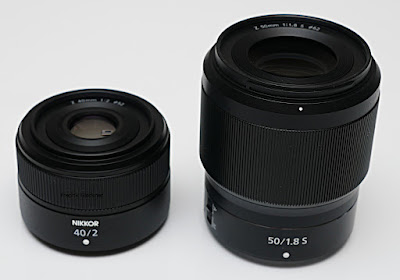

Comments
Post a Comment